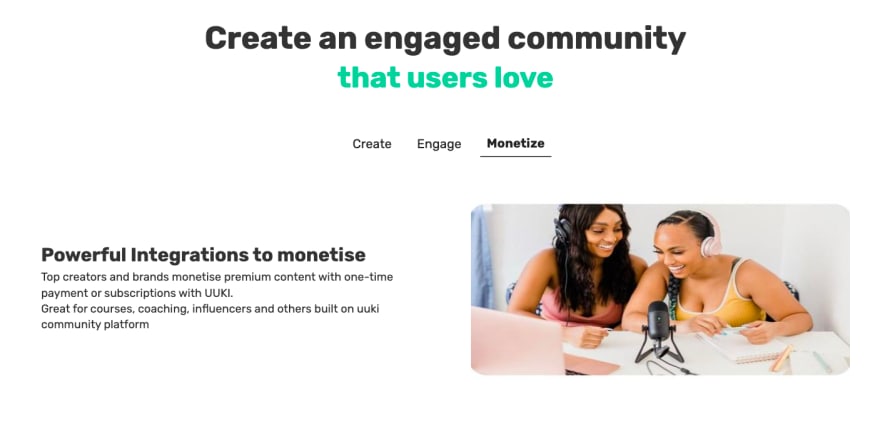Originally published by UUKI blogs
How to build an online community
‘Community’ is the new buzzword in the online market. But what exactly is the word community, and why does it matter? The simplest way to differentiate an audience from a community is. Audience can be one too many whereas Community can be many too many
Typical audiences that include social media followings, podcast listenership, blog readers and newsletter subscribers. If we talk about content creators they typically push out content, which is then further consumed by their larger audience. Thinking of it as a one-way street.
Community however, on the other hand, facilitates or creates spaces where audience members can connect, and interact and create value for one another. Some examples for the same include forums, or Slack groups, and Facebook groups, or Discord servers, and live events/conferences. In these examples mentioned,, even when the founder is not present or creating content, the community can exist and continue to thrive on its own.
What’s seldom discussed is the middle ground between these two things however it’s an audience that has a strong sense of community.
You may not be ready to launch a dedicated community, but anyone with an audience should or will care about cultivating an engaged community of true fans.
More about what a community is truly
A community allows your audience members to feel part of something bigger than themselves. Your audience members may feel connected with one another. They will buy into your vision on a deeper, and emotional level. They shall vocally support and champion your projects and products. They will defend you from haters and trolls.
Community is truly powerful, and also matters more than ever.
An online community is a collective group of individuals who connect through digital platforms in order to communicate with one another.Publishers, creators, and business owners create communities so their audiences can communicate with them, and also each other, more directly.
Virtual groups are usually organised around Shared interests, Common goals, Collective experiences, or local initiatives. Social media platforms alike Twitter and Facebook are online communities in their own ways.
However, because they are so open to the public and contain such a broad mix of content, people will often make their way to different niche groups where they can then make specific connections, such as connecting with a favourite writer or participating in a communal challenge.
Online communities come in all forms. In terms of the membership types, these three are the most popular, Open to the public, Private with an application for membership, Invite-only.
Any of the above models can be either free or paid.
Communities exist as evergreen perpetual groups or time-based ones that expire and dissolve once they have served their purpose.
Pros and cons of a community
First, when you try to grow a community, each member sees the possibility of having a bigger impact. They have an increased sense of efficacy. The level of participation also increases. Everyone wants to be a part of a growing community.
The second school of thought is that growth is bad for a community. The problem is also two-fold. Growing too quickly is also bad. The more the members there are in a community, the less familiar you are with each. The community’s unique identity also begins to dissipate. The recognition, familiarity, tone, references to the previous discussions/activities decline. Everything that attracts the new members can vanish quite quickly.
Growing too big without any planning for it causes problems. These are the problems like information overload, declining attention for each member, inability to recruit volunteers to keep undertaking all the necessary community tasks. Over time, the community becomes a number game. Hiring {x} moderators to handle {x} comments per day.
However, a community that fails to attract new members enters a death spiral. More members leave than can be recruited. Less the activity begets less activity.
The solution is not to treat growth as a standalone activity. It’s a very delicate balancing act. You can juggle an increase in growth with sustaining both activity and a strong sense of community.
If you’re going to plan to recruit members, you need to target them as a group too. You need to plan out the first few weeks in the community, you need to have a plan to integrate the group with existing community members (interviews, welcome discussions, newcomer orientation, community culture documents, rituals/traditions etc…).
You need to protect existing members. Ensure that the level of familiarity doesn’t drop randomly, facilitate sub-groups for members based upon more distinct interests.










Top comments (0)